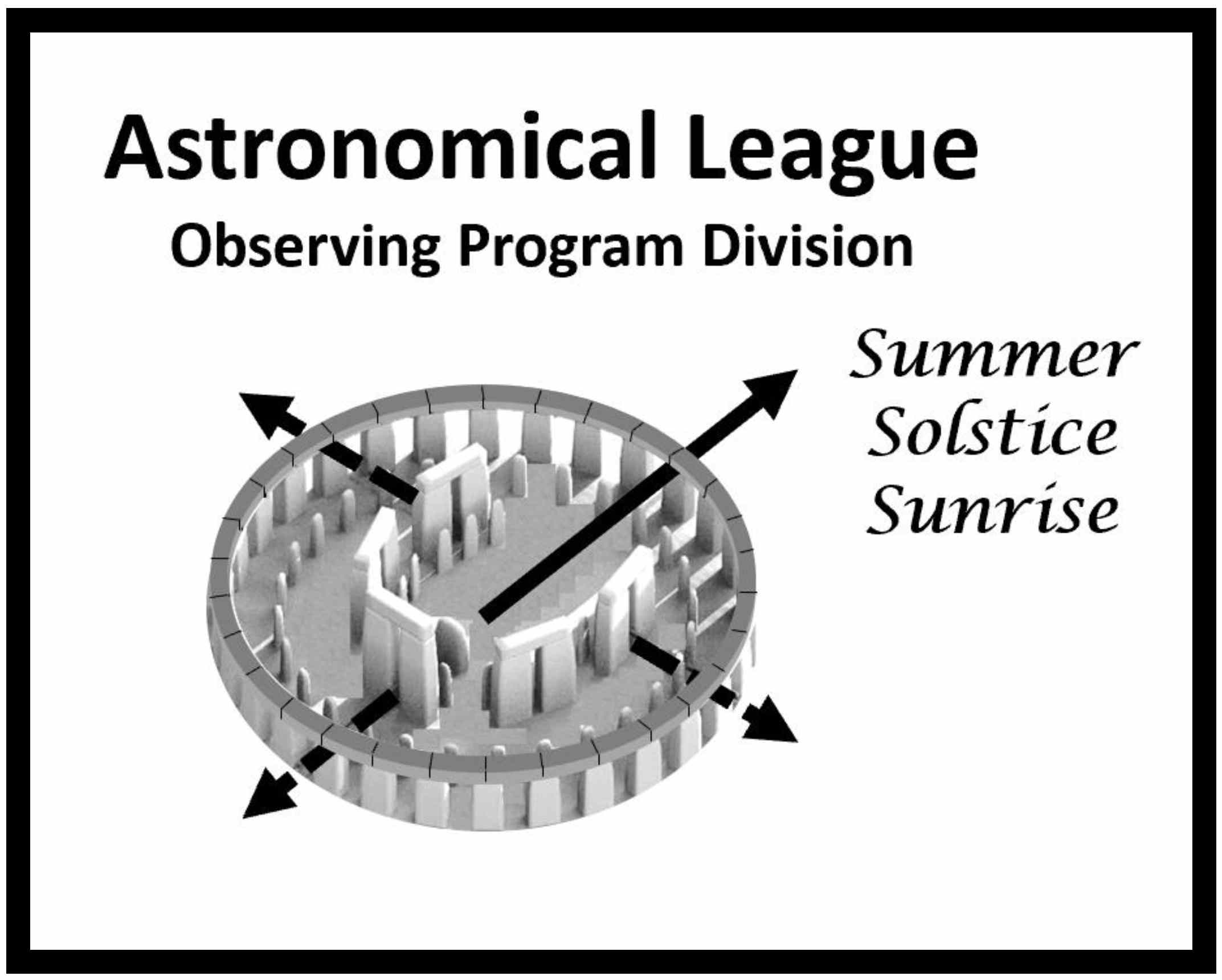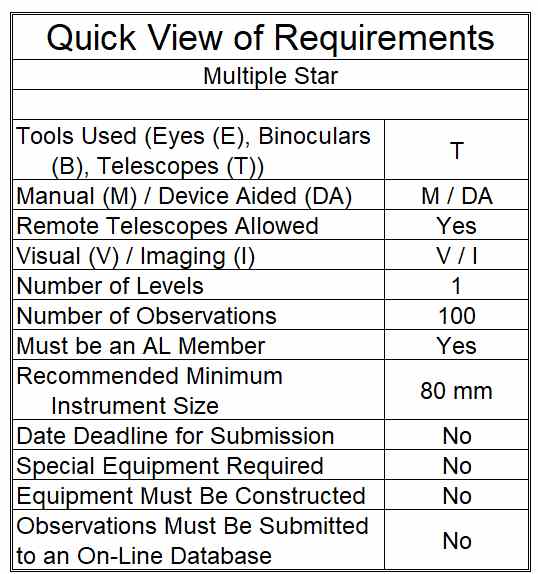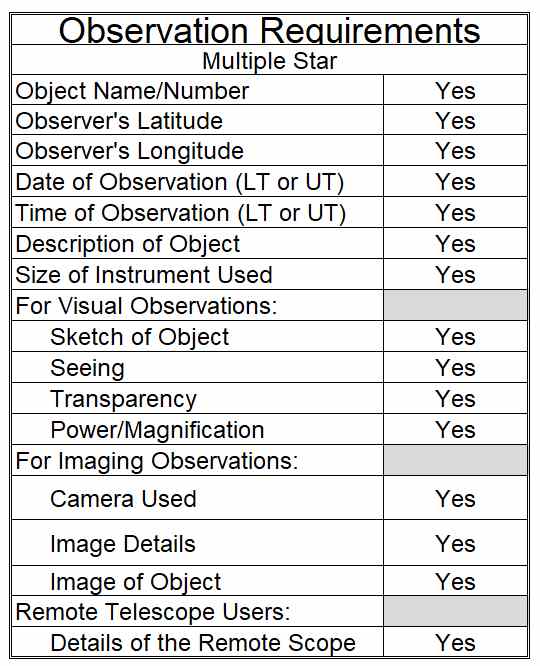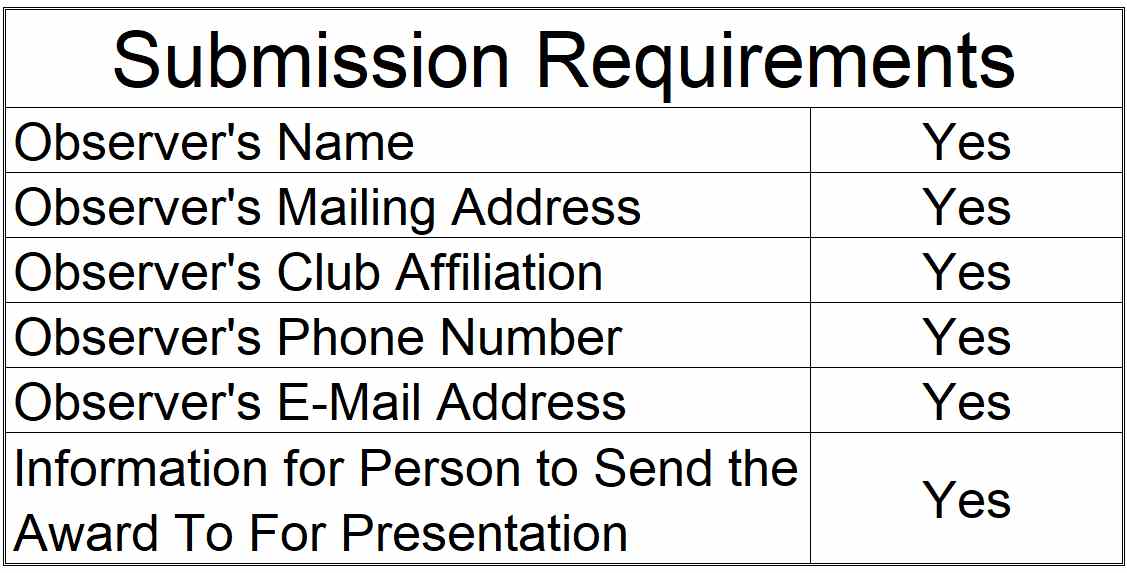Multiple Star Observing ProgramSteve McGaughey |
 |
Introduction
| The purpose of the Multiple Star Observing Program is to introduce Astronomical League observers to 114 of some of the finest multiple star systems. This program is to be conducted after completing the Astronomical League Double Star Observing Program. The multiple star systems in this program include three or more stars that appear from Earth to be close to one another in the sky. Many may be merely apparent star systems, in which case they are optical multiple stars (meaning that the stars may appear to be close to each other when viewed from planet Earth, as they seem to occupy the same point in the sky, but in reality, one star may be much further away from Earth than the other and this is not readily apparent unless one can view them from a different angle). Other stars are actually physically or gravitationally bound to each other, in which case they are physical multiple star systems moving with the same proper motion. In some cases star systems include orbital pairs, and their movement along an ellipse can be measured over time. The list includes many physical systems that have apparent companions and some that contain orbital pairs. Measuring the separation and position angle of the orbital pairs is encouraged although optional. |  |
Requirements and RulesThis certification is available to members of the Astronomical League, either through their local astronomical society or as members at large. If you are not a member and would like to become one, check with your local astronomical society, search for a local society on the Astronomical League Website, or join as a Member-At-Large in the AL Store. You must complete the Double Star Observing Program prior to submitting for certification in the Multiple Star Observing Program. You must observe 100 selected objects on the included list. There are fourteen extra systems that are optional and interchangeable with the primary List and eight systems with orbital pairs that can be measured. The objects may be sketched or recorded by electronic imaging. Many of these objects can be observed with small telescopes although some of the components of these systems are greater than magnitude 10 requiring an instrument of four inches or larger in diameter. We encourage you to observe the star systems with varying eyepiece configurations as some of these multiples are very close or have dim companions that require substantial power to get a clean separation of the stars. If it is not possible to split a close pair with your equipment you can designate the outer companions. |
 |
Appendix (rev. 5/17/2020) contains the list of 114 of the finest multiple stars, any 100 of which you may choose to observe to qualify for your certificate and pin. Note: this data changes frequently due to the level of proper motion of the stars and newer observations. Please be sure to use the most up-to-date data.
To record your observations, you may use the log sheet in the Double Star pages on the Astronomical League website, or you may use your own log sheets as long as they include all of the required information. Observations should include: object name, date and time (local or UT), Latitude and Longitude, power(s), seeing and Transparency, instrument used, and a drawing or image of the multiple star system. You are required to draw the multiple star system by hand with a pencil when you sketch it. Please show north and either east or west in your drawing/image and make sure your depiction of the primary star is clear to a viewer. Label each component from the Primary on as “A”, “B”, “C”, etc. as best you can.. Position angles of the stars will be judged by your denotation of the cardinal compass points. Measurement of the position angles and separations are optional, notating separations in arc seconds and position angles in degrees from north through east. There is a line for a description, although not required, it is encouraged. This is included so that if you are inspired by any one multiple-star system, you can write your thoughts, description and star colors down for later reference. When submitting electronic observations provide camera type, exposure times, ISO, plate scale, processing details, or other data to go along with the photo. Measuring orbital pairs may be conducted with an illuminated astrometric eyepiece, a filar micrometer, (no longer sold commercially), or by plate solving from your electronic imaging.
Submitting for Certification
| To receive your Multiple Star Observing Program Certificate and pin, simply mail or email a copy, (please don’t send originals), of your observations along with your name, (as you want it to appear on your Certificate), mailing address, email address, phone number, society affiliation, and to whom the Certificate should be sent. Include the number of your Double Star Observing Program certification. Observation logs should be sent to the Multiple Star Observing Program Coordinator for review and approval. They will not be returned.
If mailing the observation logs seems impractical and there is an officer in your club who has already received the Multiple Star Observing Program Award, we will accept a recommendation from that person via email after they have reviewed and approved your observations. |
 |
Please send your submission to:
Multiple Star Observing Program Coordinator:Steve McGaughey |
Notes:
- Acknowledgments: Special thanks to Chris Thuemen of Canada, Steve Smith of Colorado and Cindy Krach of Maui for their valuable collaborations on developing this program. Thanks also to Rob Ratkowski and Rakhal Kinkaid of Haleakala Amateur Astronomers, Maui and to Dr. JD Armstrong, IfA Maui, for their inspiration and guidance.
Links:
- To see a list of Frequently Asked Questions (FAQs), click here.
- The Appendix (rev. 5/17/2020) contains the list of 114 multiple stars.
- Annotations: A synopsis of each system with locating aids, descriptions and helpful external links. (PDF File, MS Word Doc.)
- Note: All the systems on this list have multiple identifiers. If your planetarium software does not have a system by the name shown on the list, check it on Stelle Doppie. Insert the name of the system as it appears on the list in the “Search” bar and click “Search.” There are multiple identifiers listed for each system. Pick the identifier that corresponds to the identifiers in your planetarium software. These star systems also change positions over time. Some are “line of sight”, some are “gravitationally bound” and there are a few that contain at least one “orbital pair.”
- You can access The Washington Double Star Catalog in Stelle Doppie. You may use this reference to check the separations and position angles of the system you would like to observe. Occasionally the site is down for updating. To search for the system you are requiring, click on the “Search the Database” link and enter the identifier from the ALMSOP List in the dialog box. When you get to the system you are looking for, you can click on “Complete” to see a more detailed synopsis of the system.
- You can click on this link to access the USNO Double Star Catalog. This is a large database and you can search by RA: 00-06 hour section, 06-12 hour section, 12-18 hour section and 18-24 hour section.
- Find Your Observing Program Award



